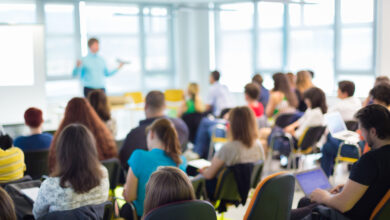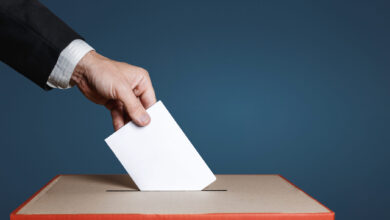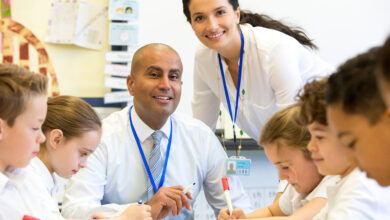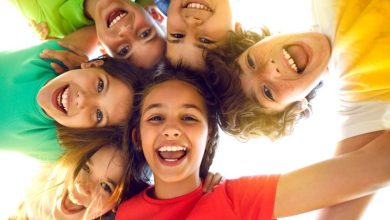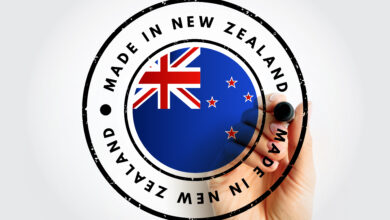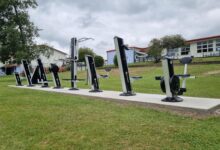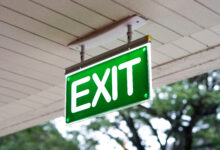Is your sport surface ready to play?
A well maintained sport surface can encourage participation in sport, boost school spirit, and keep young athletes safe.
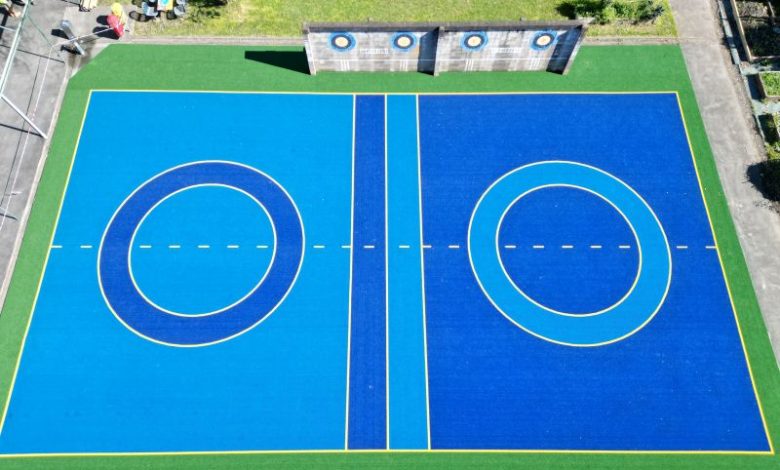
Sport can be a lifeline for some ākonga in our schools. Physical activity is well documented to have positive effects for the wellbeing of children and adults alike.
For sports players of all ages, sport is not only about enjoying physical movement, but also about practising teamwork and building a sense of connection and identity. Sport and recreation enhance mental health and overall hauora, and can result in positive outcomes like increased school engagement, achievement and attendance. Personal outcomes include increased confidence and physical fitness.
Read the latest print edition of School News HERE
However, according to Sport New Zealand’s report ‘Safe Sport for Children’, tamariki are less likely to enjoy sport – and therefore less likely to experience its benefits – when they fear being hurt or don’t feel safe. This applies to both children’s social, emotional and physical safety. One crucial aspect of physical safety is the equipment and surfaces available for children to play on.
Improperly maintained or very old sports surfaces can become a hazard to those who play on them. Over time, with weathering from the New Zealand sun, rain and wind, sealed surfaces like asphalt or concrete can become uneven, cracked or dented. Markings can also fade and become confusing, especially on multi-purpose surfaces.
For natural surfaces, winter can often result in a boggy mess of a field that renders sports unplayable. Other issues include improper grass cover allowing weeds and other invaders which create uneven surfaces. Natural sport surfaces can often represent significant upkeep and maintenance costs to ensure the ground is appropriately levelled and marked year after year. In these cases, installing an artificial surface may represent future cost savings, provided that sufficient drainage is installed and maintained.
Besides practical health and safety standards, refinishing or improving sports surfaces to visually attractive standards is also a way to instil morale and pride in sports teams and the student body at large. For schools with competitive teams, having a professional grade surface to practise on could make all the difference when it comes to game time. An excellently maintained surface encourages excellent playing.
For the general student populus, having an attractive area dedicated to keeping active can encourage participation in health and physical education, or even participation in active pursuits during break times, improving overall wellbeing. There are also many bright and good-looking colour options for schools to choose from. Refurbishment of a sports area in school colours is one sure-fire way to boost pride in the school and the joy of those using the surface.
A new or upgraded sports surface is, of course, a big investment for the school. Although that investment into school sport, culture and pride is often well worth it, schools might want to consider upgrading an area into a multi-use court to maximise value.
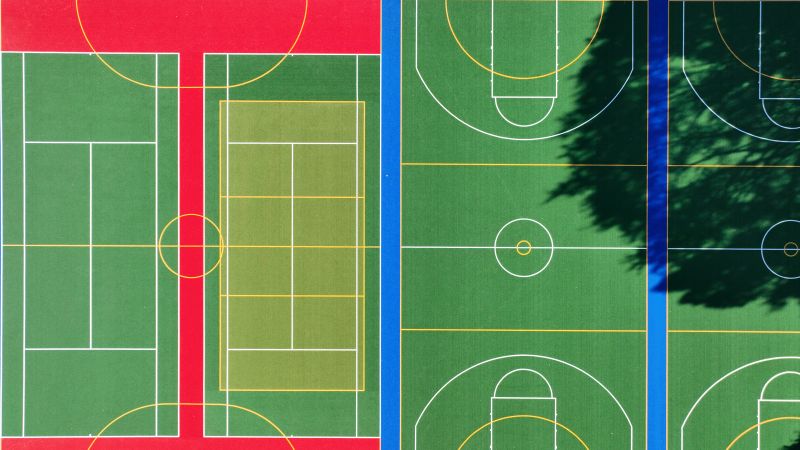
Depending on the available area, courts can be designed for use in multiple sports and physical education classes. Many sports share similar surface requirements, and by targeting desired sports such as those that already exist in the school culture, or perhaps sports that school leadership wish to invest in and build up, a suitable surface can cater to a diverse range of activities.
For instance, appropriate cushioning and grip is not only essential for fast-paced sports like netball and basketball, it also increases accessibility of the sports area by catering to, for example, students with prior injuries. That means not only is the sports surface suitable for intra- or inter-school competitions in such sports, but also for more everyday use for health and fitness education activities where a gentler surface is required to encourage participation.
For sports like hockey, football and cricket, the fibres chosen for a sports surface are important to ensure a ball’s smooth travel. Improperly maintained artificial turf may impede ball-travel and movement and skew gameplay.
The finish of an acrylic or other hard sports surface is important too – matte textures reduce glare and usually provide more grip, ensuring all-weather accessibility of the sports surface.
Phil Lewis, Managing Director at Teamturf said schools can make the most of their space by incorporating multi-use sports courts that cater to a variety of sporting codes. “These courts are designed to be flexible and easily adaptable, allowing students to participate in different sports without the need for separate facilities. This not only saves space but also encourages students to try out different sports and discover new interests.
“By incorporating a multi-purpose turf, schools are able to promote a more inclusive and diverse sporting culture among their students.
“Instead of focusing on just one or two popular sports, the courts allow for a wider range of activities to be offered, catering to the interests and abilities of all students. This helps to create a more well-rounded and balanced approach to physical education, promoting a healthy and active lifestyle for all students.
Mr Lewis said colour-coded markings can enhance both the functionality and aesthetics of outdoor school sport turf, and he suggested using different coloured turf for different sports and activities. “By clearly delineating areas for netball, basketball, tapuae, four square, hopscotch and other sports, students can easily understand and follow the rules of each game. The vibrant colours add visual appeal to the turf, creating a dynamic and inviting space for students to participate.”

